If you want to visit as many sightseeing spots as you can during your trip to Japan, you probably will have to travel across prefectures on Shinkansen bullet trains and/or limited express trains. On a train journey, if the scenery from the window is a feast for the eyes, then dining on board is on doubt a feast for the palate. In this article, we would like to introduce the history of "ekiben" (special bento sold at train stations in Japan), the popular types of bento, and where to buy them.
What is an "ekiben"?
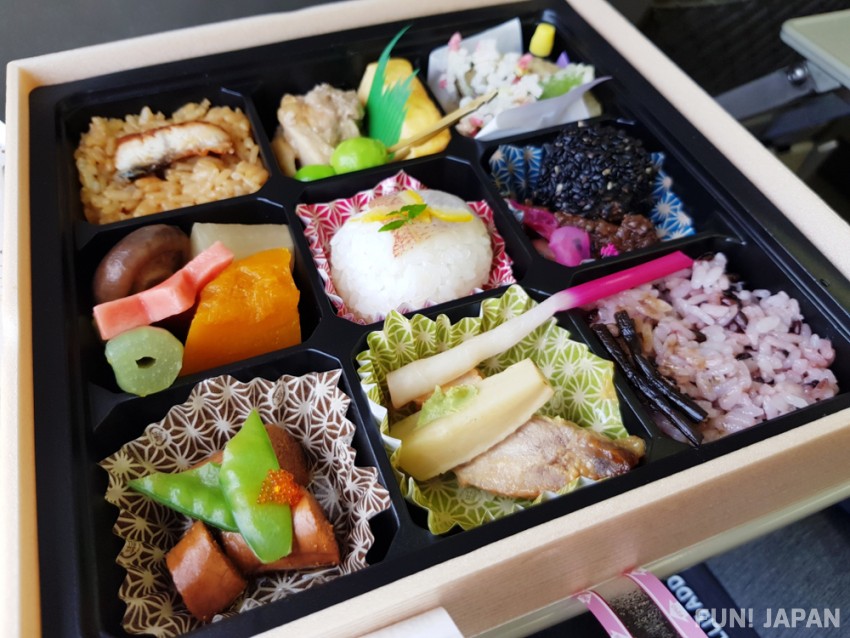
"Ekiben" (駅弁 - 駅 'eki' means 'station' and 弁 'ben' is from 弁当 'bento') are bentos (boxed lunch) for railway passengers that are sold at railway stations and on trains. There are various types of bento depending on the manufacturer, such as Makunouchi Bento, which is white rice with several kinds of side dishes, and even bento with rice balls and sushi rolls. Ekiben are packed right after cooling to prevent the growth of bacteria, so one special feature is that they are seasoned and cooked in a way that they can be eaten cold. Therefore, you can eat it deliciously without reheating it.
Today, it takes about 2 hours and 30 minutes to travel between Tokyo and Shin-Osaka by Shinkansen bullet train, but in the days when there were no bullet trains, it took much longer to travel by train. Therefore, ekiben were devised as portable meals to meet the demand for eating and drinking on trains. There are various theories about its origin, but the most convincing one is Utsunomiya Station in Tochigi Prefecture. In July 1885, along with the opening of Utsunomiya Station on the Japan Railway (currently JR East), it is said that ekiben started when 'Shirokiya', a ryokan inn, made and sold bento boxes containing simple rice balls with umeboshi (pickled plums) and pickled radish wrapped in bamboo skins.
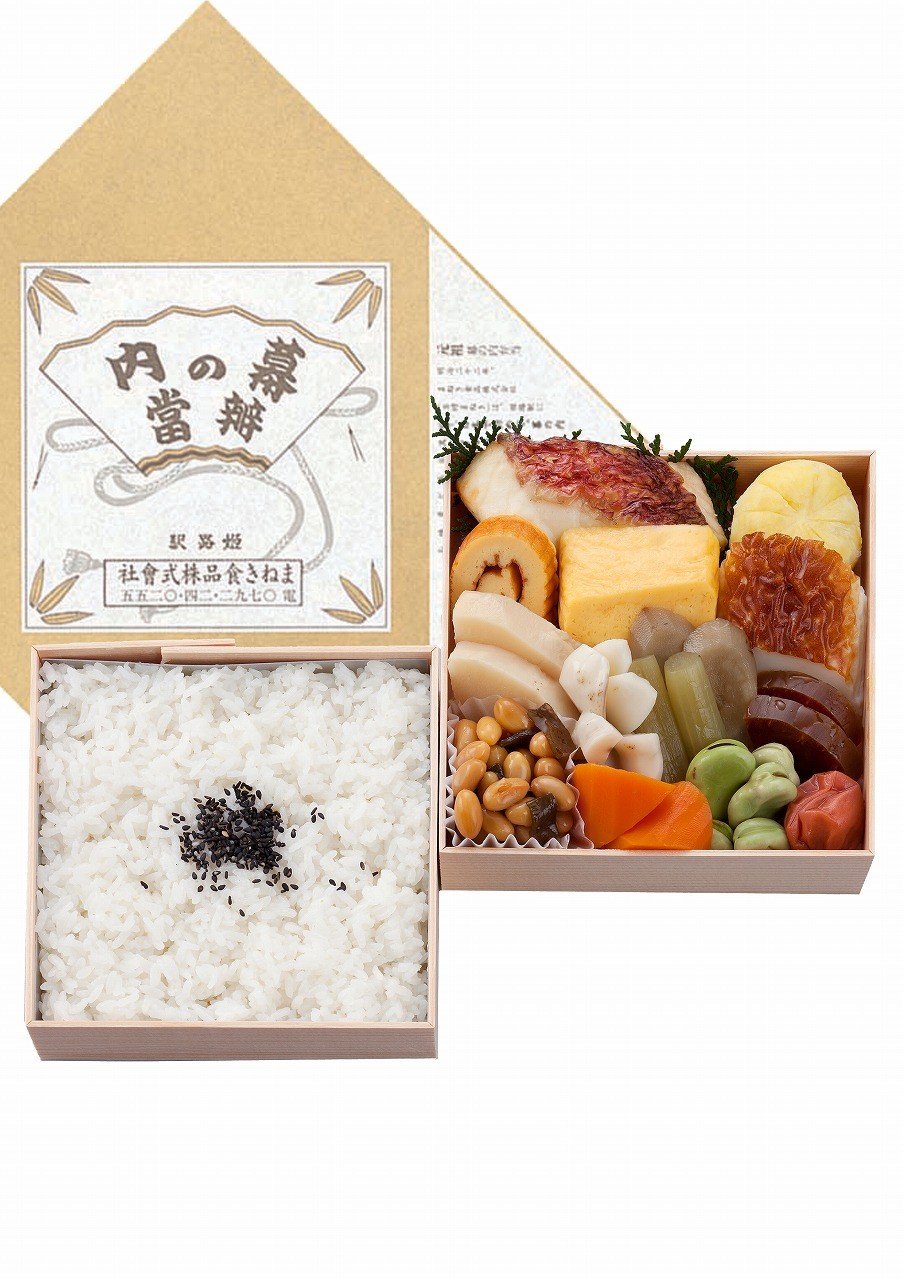
In 1889, an ekiben packed with rice and side dishes in box was sold for the first time in Japan. In response to the construction of the Sanyo Railway (currently the JR Sanyo Line) in Himeji, Hyogo Prefecture, Kihachi Takeda, who ran a restaurant near Himeji Station, sold the "Makunouchi Bento" to railroad passengers. Such Makunouchi Bento is said to be the ancestor of the current ekiben as we know. There were 13 kinds of side dishes such as salt-grilled sea bream, rolled omelet, carrots, pickled plums, and white rice, which made the bento itself quite luxurious at the time.
- Utsunomiya, the birthplace of ekiben, is this kind of place!
- Himeji, the place where "Makunouchi Ekiben" was born!
What types of ekiben are there?
About 140 years have passed since the birth of ekiben in Japan. Today, the number of types has increased as much as the number of stars visible in the sky, and it is said that there are currently over 2,000 when include various parts of the country, but they can be roughly divided into three main types――
- "Makunouchi Bento" packed with various ingredients
- Bento with meat such as beef, chicken, and pork as the main dishes
- Seafood bento box using special seafood
Among them, there are also collaborations with anime characters, and even the ekiben that are particular about not only the ingredients but also the container. You will not be able to stop drooling at the ekiben that we introduce below!
① "Makunouchi Bento" where you can enjoy many side dishes at once

A standard ekiben with white rice or rice balls and several side dishes. In Kabuki, the break time between plays is called 'Makuai' (幕間). It is said the name 'Makunouchi Bento' (幕の内弁当) comes from the meaning of 'a lunch that is eaten during the break time between acts' (*there are various theories about its origins). There are those include Japanese-style ingredients side dishes such as grilled fish, tempura, and rolled omelet, while there are also those include Western-style side dishes such as hamburgers and fried shrimp.

Aji-zukushi (味づくし) / 1,150 yen (tax included)
Makunouchi bento that is very particular about using local production for local consumption, such as setouchi octopus, onions from Awaji Island, and black soybeans from Hyogo Prefecture. The illustration of Himeji Castle printed on the package is a unique memory of a trip to the countryside.
② You can easily eat high-class brand beef! Ekiben with meat as the main dish
There are many ekiben that use branded beef such as Yonezawa beef, Hida beef, and Miyazaki beef, as well as "the Three Wagyu Beef of Japan" like Kobe beef, Matsusaka beef, and Omi beef. Many of them can be purchased at reasonable prices starting at around 1,000 yen, so if you want to easily taste and compare high-quality wagyu beef, check it out!

Tajima Beef Gyumeshi (但馬牛 牛めし) / 1,180 yen (tax included)
Tajima beef, Hyogo Prefecture's finest Wagyu beef cooked in Kansai-style sukiyaki, and rice soaked in dashi broth will certainly make you hungry!

Takumi no Waza Matsusaka Gyu Monogatari (匠の技松阪牛物語) / 3,800 yen (tax included)
Heated sukiyaki bento box made with Matsusaka beef and Koshihikari rice from Mie Prefecture. A string for heating is attached to the container. If you pull it, the whole bento will warm up and you can enjoy a warm bento in about 5 to 8 minutes. It is also known as Japan's first heated ekiben.
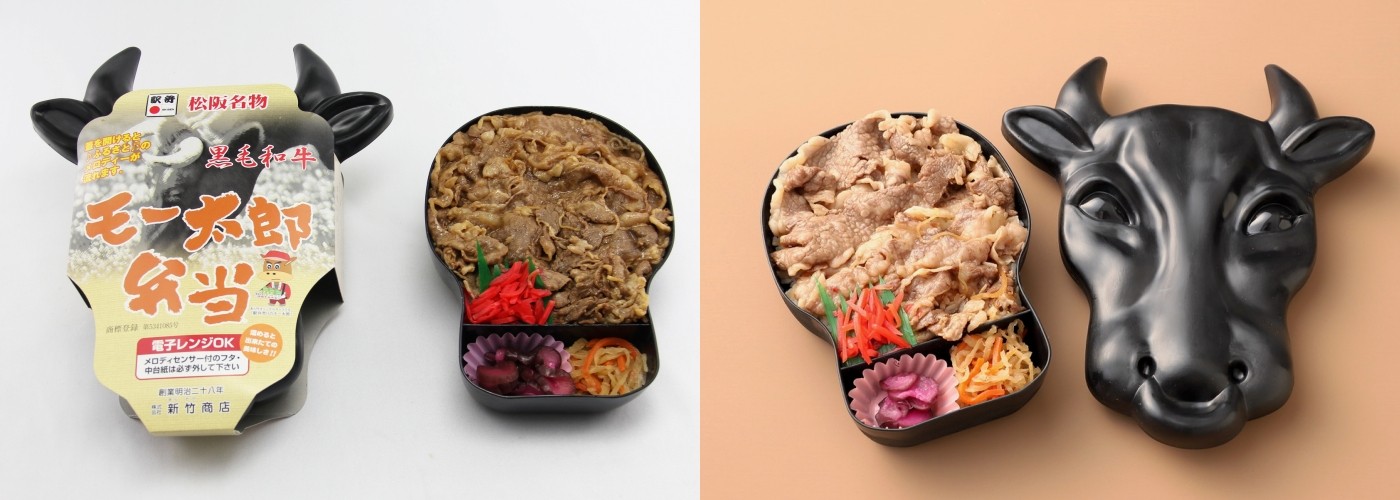
Moo Taro Bento (モー太郎弁当) / 1,500 yen (tax included)
Japan's first ekiben with a melody. When the lid is opened, the melody of the Japanese nursery rhyme "Furusato" plays. The cow-shaped package, which is associated with Japanese black beef sukiyaki is also very impressive.
- Japanese Wagyu brands in 5 minutes: Wagyu Map
- What is Kuroge Wagyu? Kobe Beef, Miyazaki Beef...What’s the Difference?
③ Ekiben with seafood as the main dish that is luxuriously packed with the blessings of the sea!
If you visit Japan, an island country surrounded by the sea, you can't miss the seafood that each prefecture boasts. Eat an ekiben filled with crab and shrimp and travel around Japan with your taste buds.
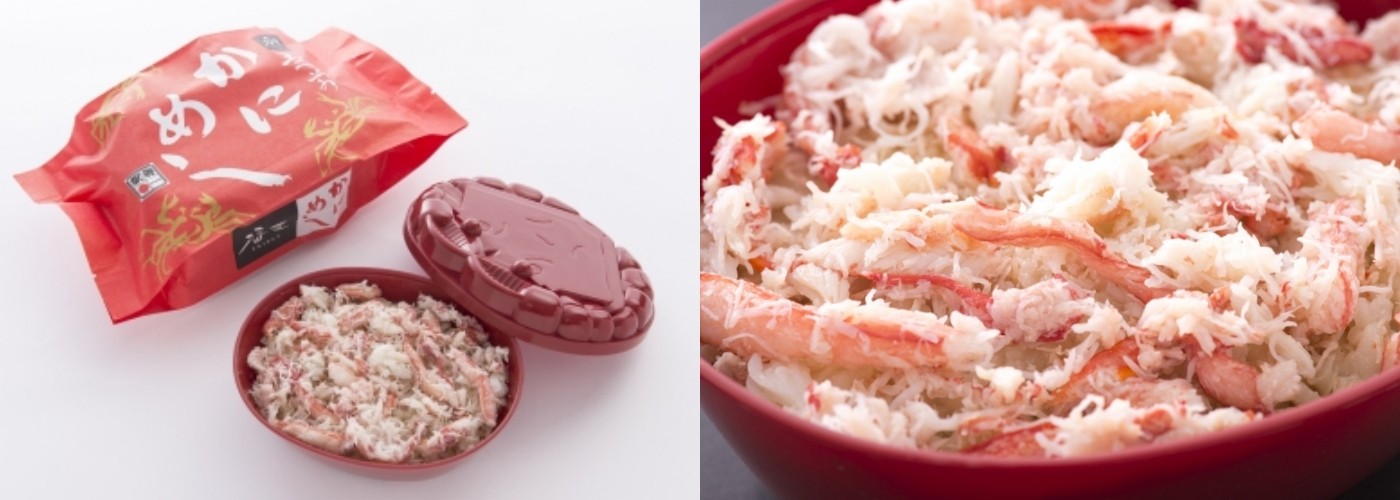
Echizen Kani Meshi (越前かにめし) / 1,380 yen (tax included)
Crab cuisines are a representative of winter treats of Fukui Prefecture. Rice cooked with seiko crab ovaries and crab miso topped with plenty of red snow crab flakes and snow crab meat makes it a must-eat crab ekiben for all crab lovers.
*This product does not used Echizen crab.
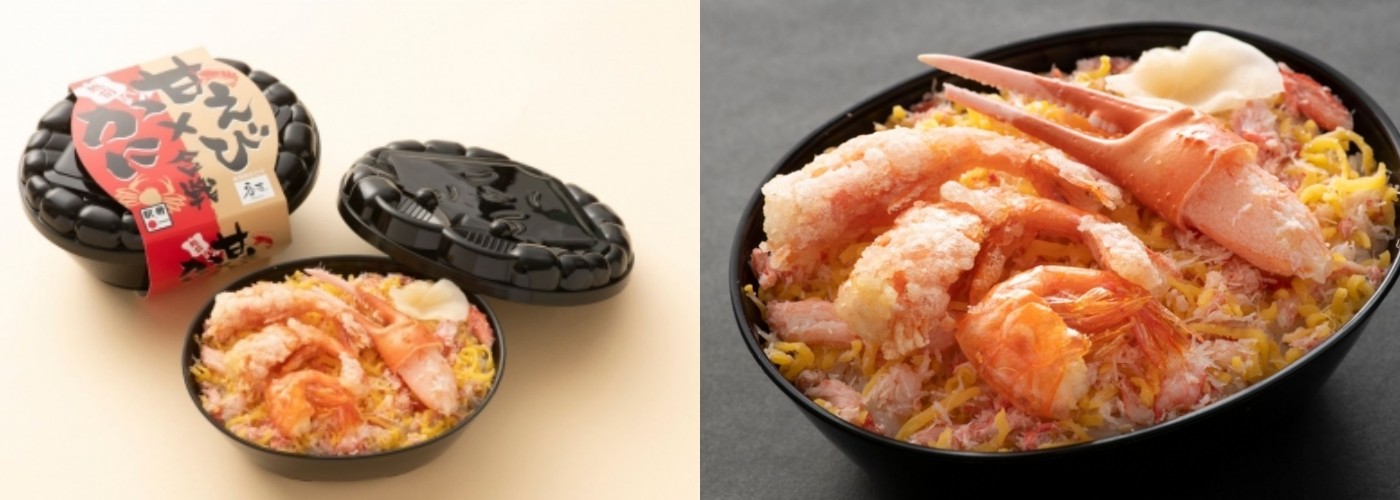
Echizen Amaebi x Kani Gassen (越前甘えび×かに合戦) / 1,430 yen (tax included)
A collaboration of sweet shrimp and red snow crab that is irresistible to seafood lovers. The claw meat of red snow crab has outstanding volume and impact!
Is it okay to eat ekiben on the train?
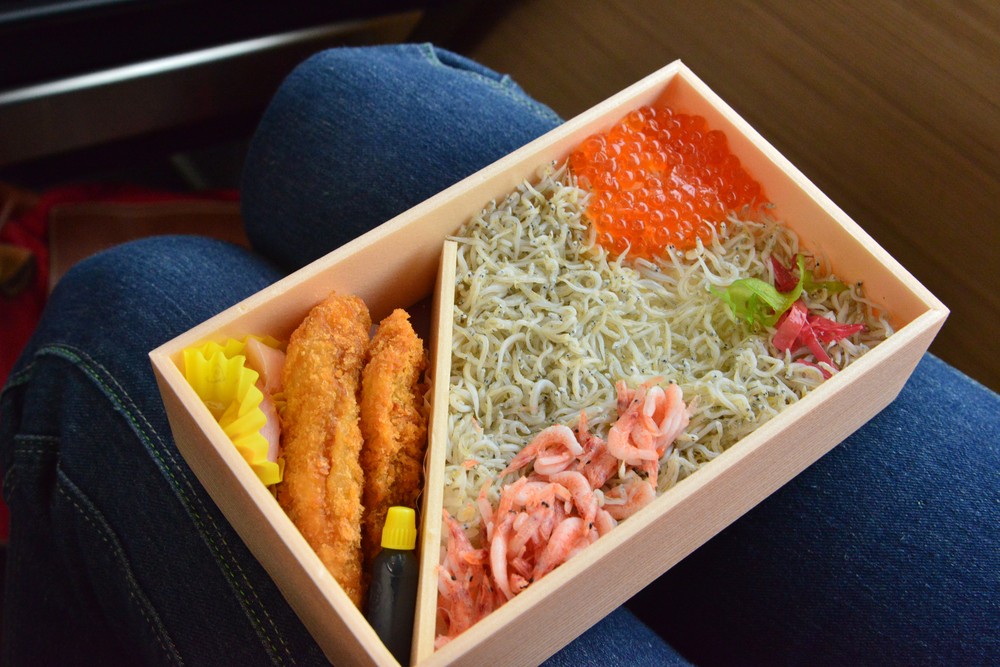
In the Meiji era (1868-1912) when the railway was born, it was considered bad manners to eat in front of other people, and of course eating and drinking on the train was criticized and prohibited. But now in Japan, there are no specific rules prohibiting eating and drinking on trains. Since Shinkansen and limited express trains are supposed to travel long distances, many passengers bring food and drink into the trains. Still, it is best to avoid foods with strong odors, avoid making loud noises, and be conscious of manners inside the train. Also, avoid eating and drinking in crowded trains, especially during the morning rush hour.
It may be a little surprising to readers from countries where eating and drinking on trains is considered bad manners?
Where can I buy an "ekiben"?
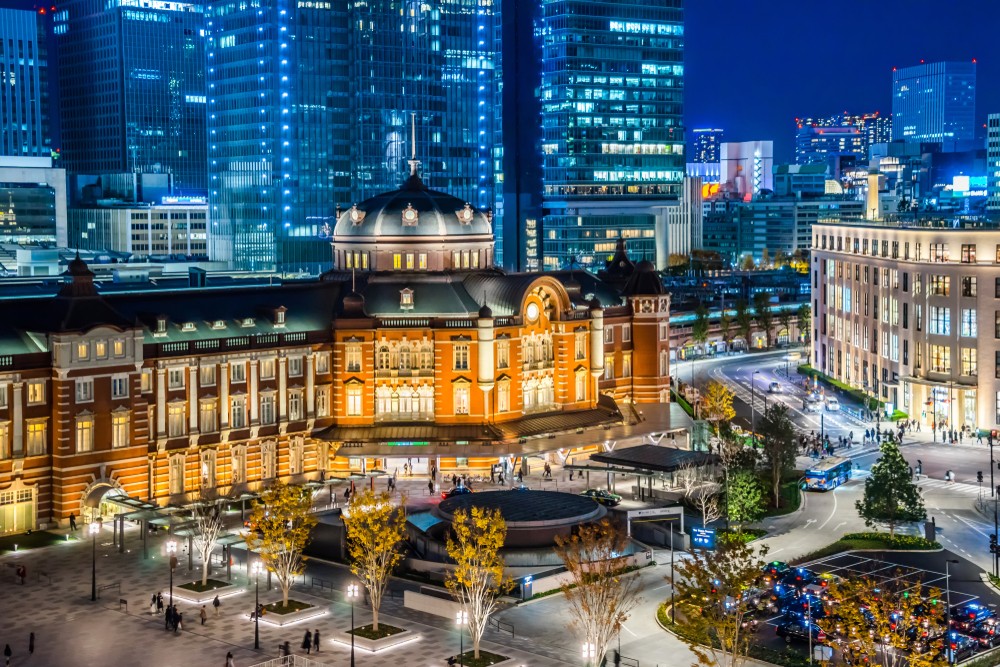
Ekiben can be purchased not only at train stations, but also at supermarkets, department stores, and ekiben specialty stores all over Japan. What kind of ekiben will you come across on your travels?
- Convenience stores and shops at major stations in each prefecture:
【Tokyo] Tokyo Station, Shinjuku Station, Shinagawa Station, Ueno Station, etc.
【Osaka] Shin-Osaka Station, Umeda Station, etc.
【Fukuoka] Hakata Station and etc.
【Hokkaido] Sapporo Station, Hakodate Station, etc. - Ekiben festivals and local product exhibitions held at department stores:
Keio Department Store, Hanshin Department Store, etc. - Ekiben fair held at major supermarkets
AEON, UNY, Ito-Yokado, etc. - Ekiben specialty stores:
"Ekibenya Matsuri Gransta Tokyo" (inside the ticket gates of JR Tokyo Station), "Tabibento Ekiben Nigiwai" (inside and outside the ticket gates of JR Shin-Osaka Station), etc.
In Japan, in addition to ekiben, there are also "soraben" (空弁 - sky lunch box) sold at airports targeting passengers on domestic flights. It's good to simply buy it on the spot and eat it right away, but it's also recommended to take it home and eat it at home, or even share it with your friends as a souvenir. Since most ekiben are supposed to be frozen for a long period of time, many of them have a short shelf life (until the night of the day of purchase), so be careful when you plan to buy one.
Let us know in the comments if you want to delve deeper into Japanese ekiben culture! You can expect a tasting event, an unboxing video, and perhaps... a sequel...?

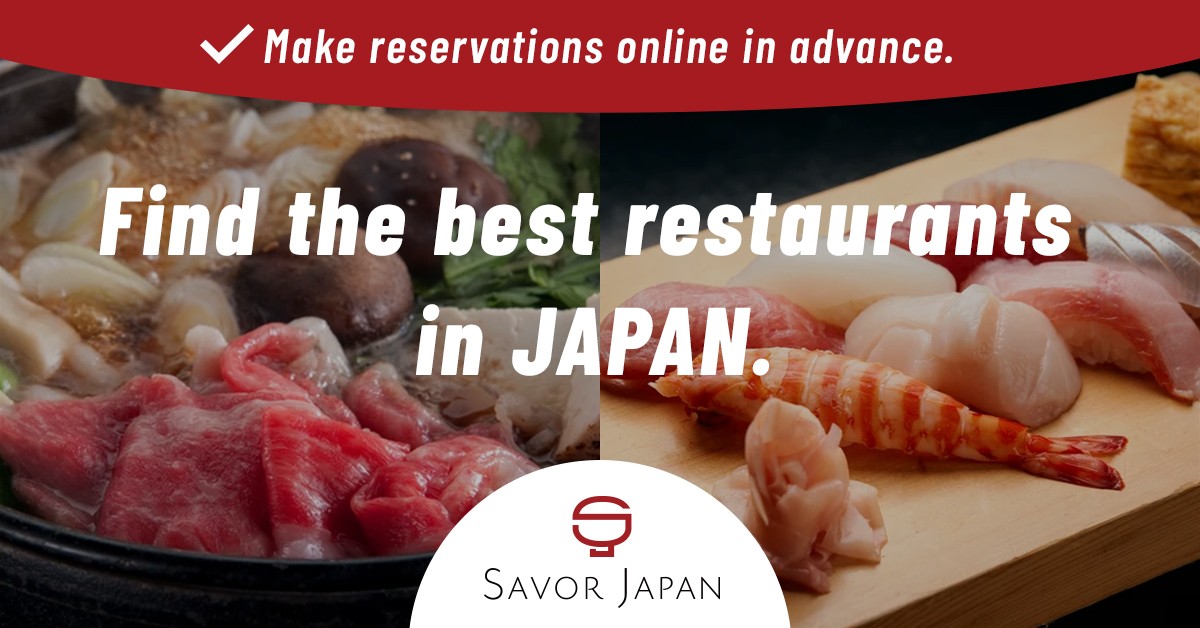
Comments